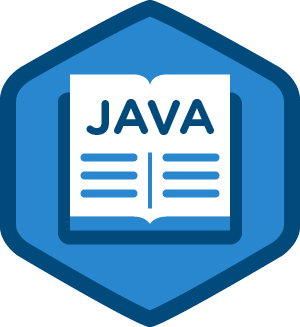Description
This course is all about becoming a certified Spring professional by learning about Spring’s module 1. It primarily focuses on offering knowledge, learning and skills which are required for scoring the Spring Professional Certification Exam. It covers concepts like container, dependency and IoC. This course explains in detail all topics in Module 1 of the Spring guide. It has several video tutorials, detailed explanations and examples of a few codes. This tutorial starts by first explaining the workflow of the interface and its advantages and later teaches the lifecycle of Spring and the BeanFactory.
Topics Covered:
- Dependency Injections: Understand what dependency injections are and learn about their advantages.
- Patterns: Understand the concept of patterns and anti-patterns and determine if dependency injection is one of the patterns.
- Interface: Know about the interface and learn about its advantages while using it for the Spring Beans.
- Application Context: Understand the concept of Application Context and see how it can be closed with the help of Spring Boot.
- BeanFactory Post Processor: Learn what BeanFactory Post Processor means and understand its use.
- Injections: Come across diverse injections like field injection, constructor injection and method injection and their respective behaviours.
- Java Configuration: Get briefed about the Java Configuration and know its advantages and limitations.
- And Many More Topics..
Who Will Benefit?
- Candidates For Spring Certificate: All individuals who are preparing for the certification exam and want to improve their basic understanding.
- Backend Developers: All those who learn about patterns and dependency injections in the Spring Beans.
- Java Developers: All those who are also experienced working with Java and want to learn more about applications and configurations.
- Software Engineers: Engineers who have to clear the Spring Certification Exam and want to learn about important concepts.
Why Choose This Course?
By choosing this course, you will not only gain the necessary skills related to industry-level working and projects but also successfully ace the Spring Professional Certification Exam. It benefits you by offering you comprehensive exam support and gives you a detailed understanding of how the Spring Framework works. You will also learn about a few important concepts such as container, dependency injection and IoC. With the help of video tutorials, code examples and descriptive explanations, you will confidently tackle the Spring Professional Certification Exam Tutorial.









